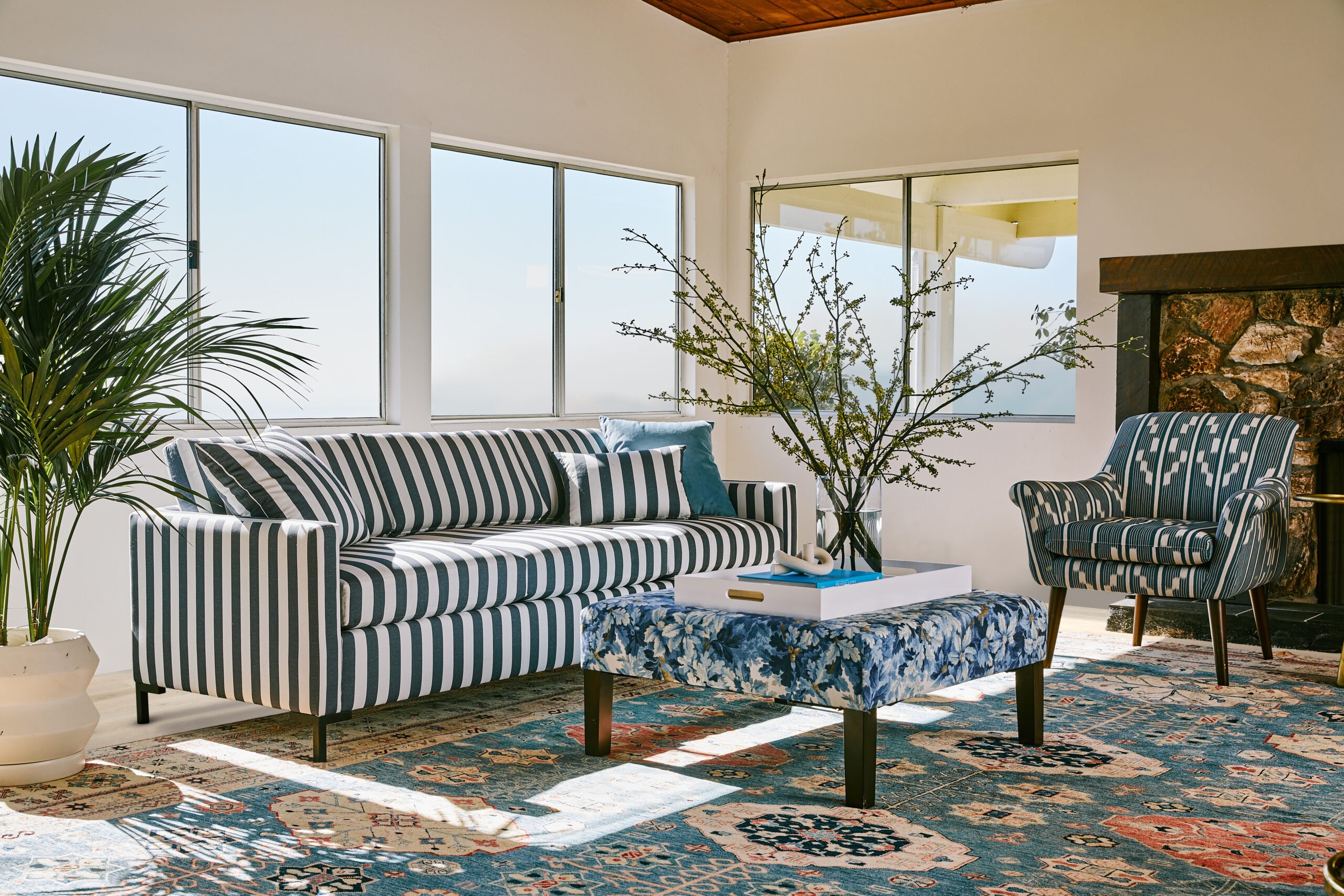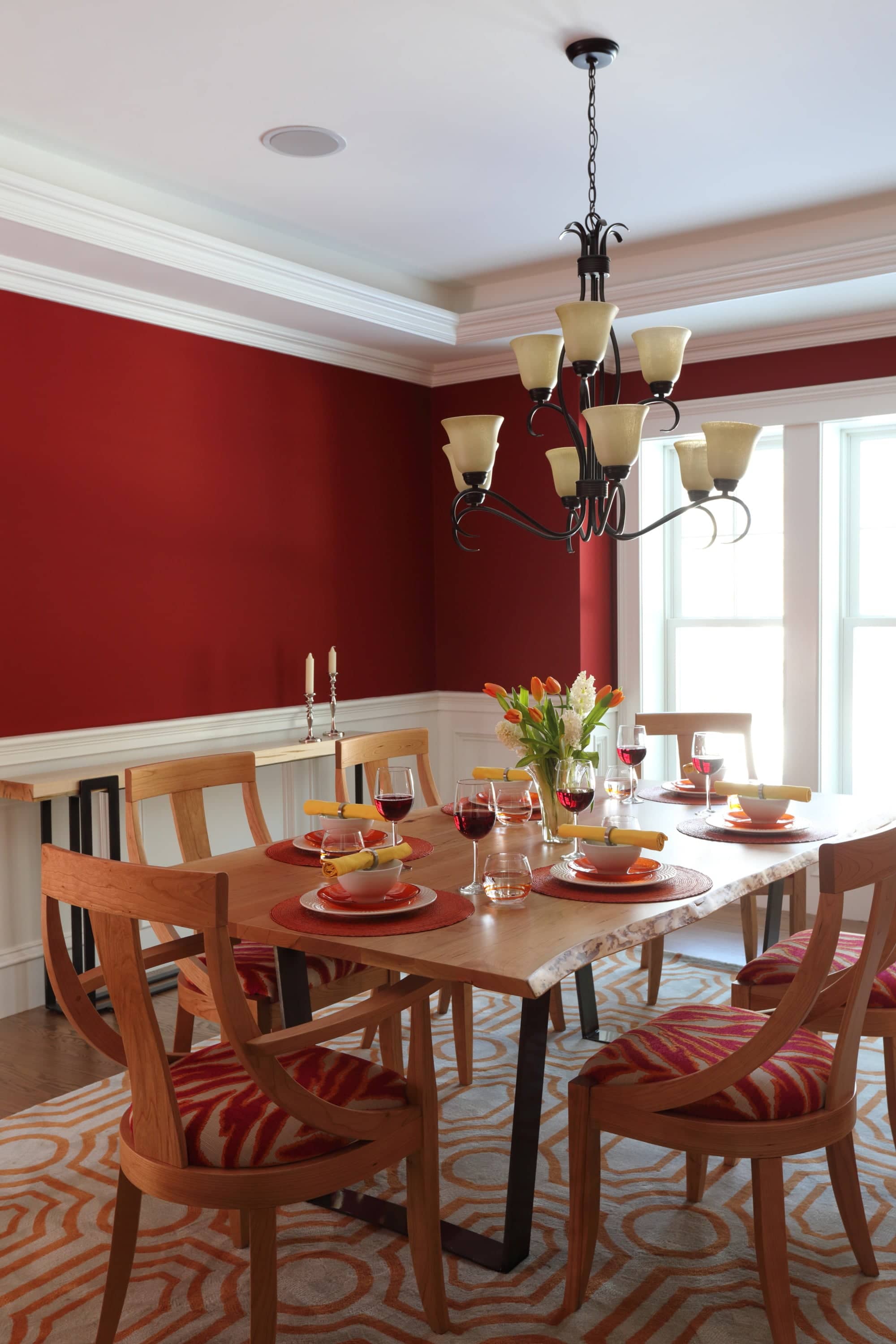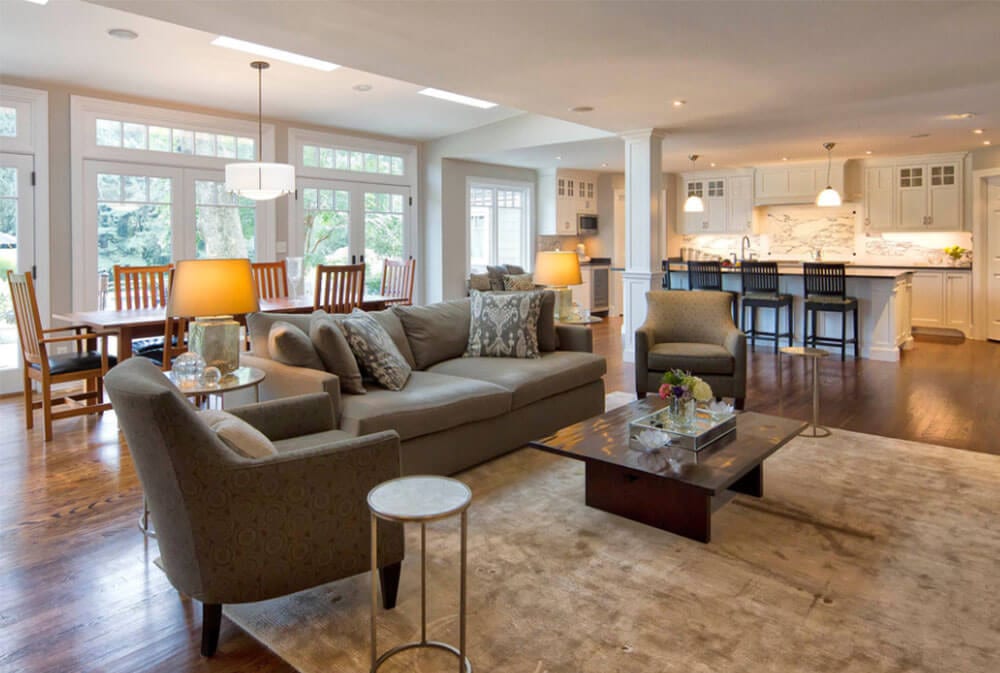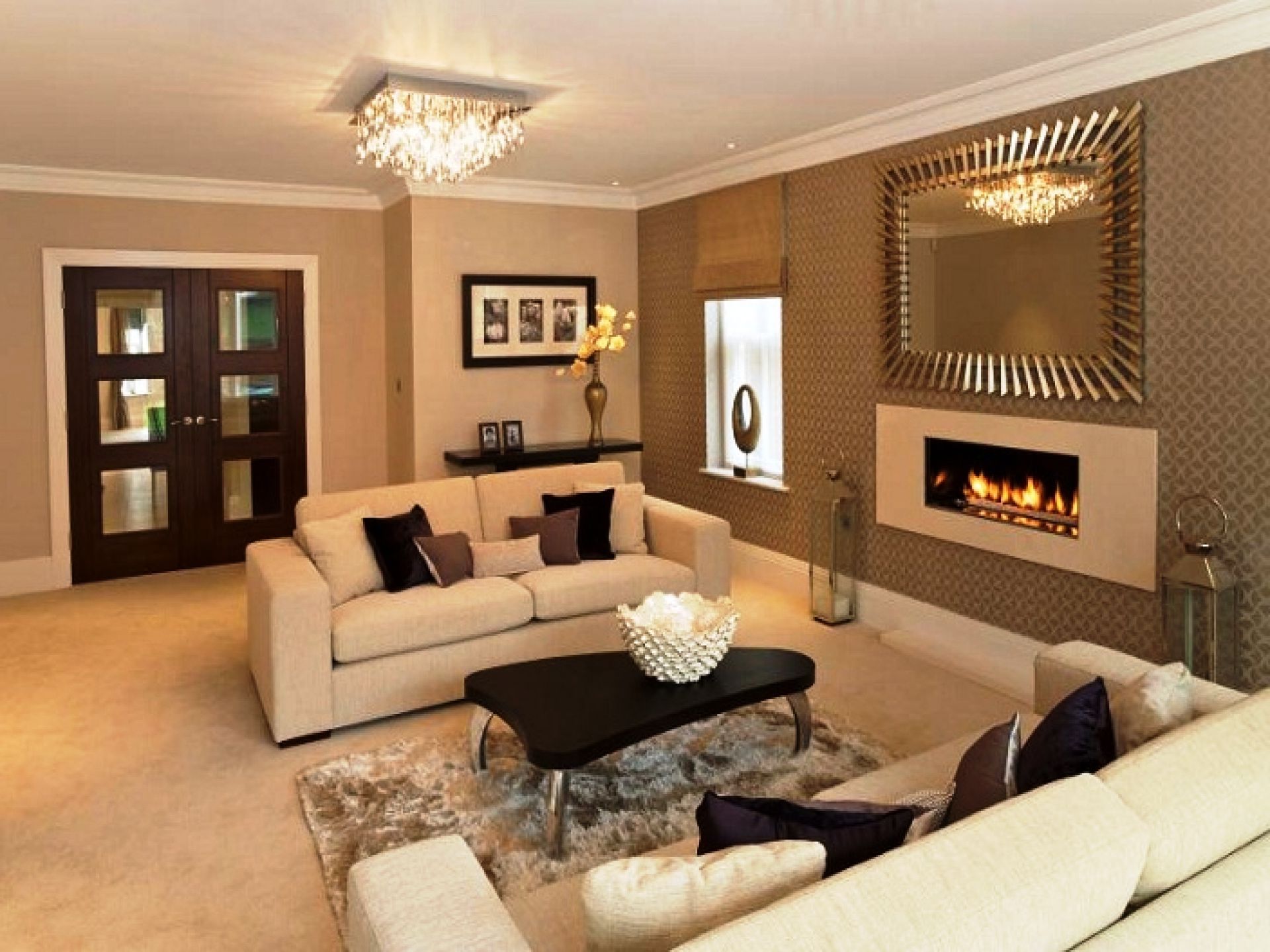Choosing the perfect paint colors can be a daunting task, especially when it comes to your living room and dining room. These two spaces are often the heart of a home, where family and friends gather to relax and share meals. The paint colors you choose for these rooms can greatly affect the overall atmosphere and design of your home. So, should your living room and dining room paint colors match? Let’s dive into the dos and don’ts of matching paint colors in these two important spaces.Matching Paint Colors: How to Choose the Right Paint Color for Your Living Room and Dining Room
The key to coordinating paint colors in the living room and dining room is to create a cohesive look. This means choosing colors that complement each other and flow seamlessly from one room to the other. One way to achieve this is by using a color scheme. This could be a monochromatic scheme, where you choose different shades of the same color, or a complementary scheme, where you choose colors that are opposite each other on the color wheel. Another important factor to consider is the natural light in each room. If your living room and dining room have different levels of natural light, you may want to choose lighter colors for the room with less light to make it feel more spacious and airy. You can also use accent colors to tie the two rooms together, which we will discuss later on.How to Coordinate Paint Colors in the Living Room & Dining Room
If you have an open floor plan, where the living room and dining room are connected, it’s important to choose paint colors that complement each other. Here are 5 tips to help you achieve a cohesive look in an open floor plan: 1. Use a consistent color scheme: Stick to a monochromatic or complementary color scheme to create a seamless flow between the two spaces. 2. Consider the overall style: The paint colors you choose should also complement the overall style of your home. For example, if your home has a more traditional style, you may want to choose warmer, neutral tones for the living room and dining room. 3. Add an accent wall: To add visual interest and tie the two spaces together, consider adding an accent wall in one of the rooms. This could be a darker shade of one of the main paint colors or a complementary color. 4. Use the same trim color: To create a cohesive look, use the same color for the trim in both rooms. This will help tie the two spaces together and create a seamless transition. 5. Incorporate texture: Another way to add interest and create a cohesive look is by incorporating different textures in both rooms. This could be through throw pillows, curtains, or wall decor.5 Tips for Matching Paint Colors in an Open Floor Plan
While there is no right or wrong answer, it ultimately depends on your personal preference and the overall design of your home. Matching paint colors in the living room and dining room can create a cohesive and harmonious look, but it’s not a requirement. If you prefer a more eclectic or bold design, you can choose different paint colors for each room. Just make sure they complement each other and flow well together.Should Your Living Room and Dining Room Paint Colors Match?
Now that you’ve decided to match your living room and dining room paint colors, here are some tips to help you achieve a cohesive look: 1. Start with a neutral base: Using a neutral color as your base, such as beige or gray, will create a blank canvas to work with. This will allow you to add pops of color and patterns without overwhelming the space. 2. Choose complementary colors: If you want to add some color to your living room and dining room, choose complementary colors that will create a harmonious and balanced look. For example, if your base color is beige, you could add pops of blue or purple as accent colors. 3. Use accent colors: As mentioned earlier, incorporating accent colors is a great way to tie the two rooms together. You can do this through throw pillows, curtains, rugs, or wall art. Just make sure the accent colors you choose complement each other and the main paint colors in both rooms. 4. Consider the flow of the rooms: When choosing paint colors, consider the flow of the rooms and how they connect to other areas of your home. You want the colors to transition smoothly and create a cohesive look throughout. 5. Use the 60-30-10 rule: This rule is a great guideline for creating a balanced and cohesive color scheme. The main color should make up 60% of the room, the secondary color should make up 30%, and the accent color should make up 10%. This will help you create a visually appealing and well-balanced look in both the living room and dining room.How to Create a Cohesive Look with Matching Paint Colors in Your Living Room and Dining Room
Here are some dos and don’ts to keep in mind when matching paint colors in your living room and dining room: Do: - Use a color scheme - Consider the natural light in each room - Add accent colors to tie the spaces together - Incorporate texture for visual interest - Choose complementary colors for a cohesive look Don’t: - Use too many different colors - Choose colors that clash or compete with each other - Neglect the overall style of your home - Forget to consider the flow of the rooms and how they connect to other areas of your homeThe Dos and Don'ts of Matching Paint Colors in Your Living Room and Dining Room
Still feeling overwhelmed? Here is a step-by-step guide to help you choose the perfect paint colors for your living room and dining room: Step 1: Decide on a color scheme, whether it’s monochromatic or complementary. Step 2: Choose a neutral base color for both rooms. Step 3: Consider the natural light in each room and choose lighter or darker shades accordingly. Step 4: Choose complementary accent colors to add pops of color and tie the rooms together. Step 5: Use the 60-30-10 rule to create a visually appealing and well-balanced color scheme. Step 6: Consider the overall style of your home and choose colors that complement it. Step 7: Incorporate texture and different patterns to add interest and create a cohesive look. Step 8: Test out paint samples on your walls to see how the colors look in different lighting. Step 9: Make a final decision and start painting!Choosing the Perfect Paint Colors for Your Living Room and Dining Room: A Step-by-Step Guide
Matching paint colors in your living room and dining room is an important aspect of creating a beautifully designed home. It can help create a cohesive and harmonious look throughout your space, and tie different areas of your home together. By following these tips and guidelines, you can confidently choose the perfect paint colors for your living room and dining room and create a space that is both functional and visually appealing.Matching Paint Colors: The Key to a Beautifully Designed Living Room and Dining Room
We’ve mentioned the importance of using accent colors to tie together your living room and dining room paint colors, but how exactly do you do that? Here are some tips: 1. Use a color wheel: A color wheel can help you determine which colors complement each other and which ones may clash. Typically, complementary colors are found directly across from each other on the color wheel. 2. Choose an inspiration piece: This could be a piece of artwork, a rug, or a throw pillow, that has multiple colors in it. Use those colors as your accent colors to tie the two rooms together. 3. Go bold: Don’t be afraid to add a pop of color in an unexpected way. For example, a bright yellow accent wall in the dining room can tie in with yellow throw pillows in the living room. 4. Stick to a color palette: To keep things cohesive, choose a color palette and stick to it. This will help prevent your accent colors from feeling random or out of place. 5. Use texture: Add texture through different fabrics, such as velvet or linen, in your accent colors. This will add visual interest and create a more cohesive look.How to Use Accent Colors to Tie Together Your Living Room and Dining Room Paint Colors
Matching paint colors in your living room and dining room is not only important for creating a visually appealing space, but it also plays a role in the overall design of your home. Cohesive paint colors can help create a sense of flow and harmony throughout your space, making it feel more put together and inviting. So, whether you choose to match your paint colors or go for a more eclectic look, keep in mind the importance of cohesiveness in your overall design.The Importance of Cohesive Paint Colors in Your Living Room and Dining Room Design
The Importance of Cohesive Design

Living Room and Dining Room Paint Matching

When it comes to designing a home, every detail matters. One of the most debated topics in interior design is whether or not the living room and dining room paint should match. Some homeowners believe that a cohesive color scheme throughout the house creates a sense of flow and harmony, while others prefer a more eclectic look with contrasting colors. So, which approach is the right one? Let's explore the benefits and drawbacks of matching or mismatching paint in these two important spaces.
The Case for Matching Paint
:max_bytes(150000):strip_icc()/DesignbyEmilyHendersonDesignPhotographerbyZekeRuelas_30-ad51133a857343228a2c56f76a22825f.jpg)
For those who prefer a cohesive look, matching the paint in the living room and dining room may seem like the obvious choice. This approach creates a sense of continuity and balance, especially in open concept homes where the two spaces are connected. It also makes the home feel larger and more spacious as the eye is not interrupted by different colors. Matching paint can also make furniture and decor stand out and shine, creating a clean and polished aesthetic.
Additionally, matching paint can make it easier to decorate and accessorize these rooms. With a unified color palette, it is simpler to mix and match furniture and decor, creating a cohesive and well-designed space. This can also save time and money in the long run, as you won't have to constantly repaint or switch up decor to make it work with different colors.
The Case for Mismatched Paint

On the other hand, some homeowners prefer to have a more eclectic and personalized look in their home. Mismatched paint in the living room and dining room can add character and personality to the space, making it feel unique and inviting. It also allows for more creativity and experimentation with different colors and patterns.
Mismatched paint can also be a practical choice for those who use their living room and dining room for different purposes. For example, if the living room is primarily used for entertaining and the dining room is used for everyday meals, having different paint colors can help define each space and create a sense of separation.
Considerations for Choosing Paint Colors

Ultimately, the decision to match or mismatch living room and dining room paint comes down to personal preference and the overall design goals for your home. However, there are a few things to consider when choosing paint colors for these spaces.
Lighting: Natural light can greatly affect the way paint colors look in a room. It's important to take into account the amount of natural light each room gets and choose colors that will complement it.
Undertones: When choosing paint colors, pay attention to the undertones. If you want your living room and dining room to have a cohesive look, choose colors with similar undertones. This will create a harmonious color palette.
Functionality: Consider the function of each room and how the color can enhance or detract from that. For example, bold and bright colors may be better suited for a fun and lively dining room, while more muted tones may be better for a cozy and relaxing living room.
In the end, whether you choose to match or mismatch living room and dining room paint, what matters most is that you create a space that reflects your personal style and makes you feel at home. With thoughtful consideration and a touch of creativity, you can achieve a beautiful and cohesive design in your home.







/color-157162707-crop-5744bf0e5f9b58723d221ae4.jpg)















































:max_bytes(150000):strip_icc()/living-room-area-rugs-1977221-e10e92b074244eb38400fecb3a77516c.png)





















/cdn.cliqueinc.com__cache__posts__209952__if-you-do-this-one-thing-you-dont-need-to-redecorate-your-dining-room-1997706-1480544442.700x0c-7744b38e1e3c4806bd6da128e6d789b6.jpg)















